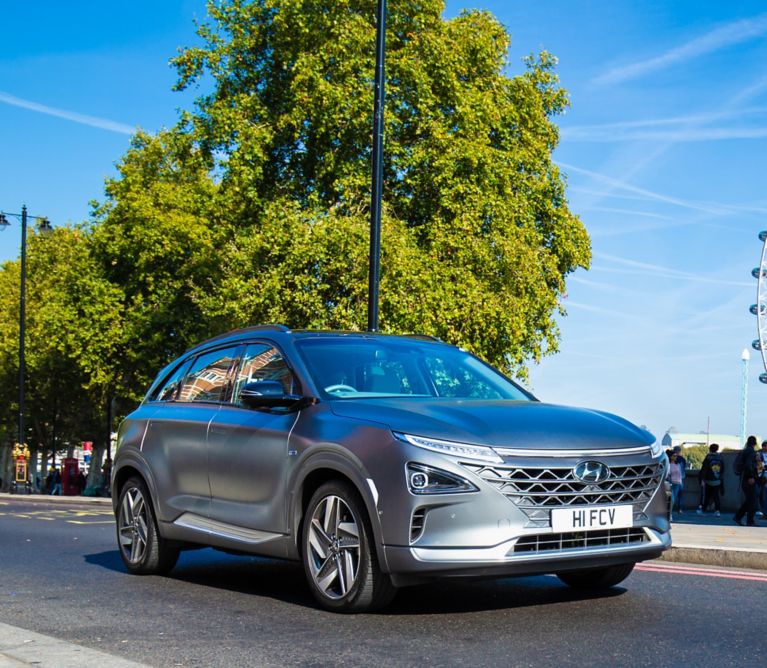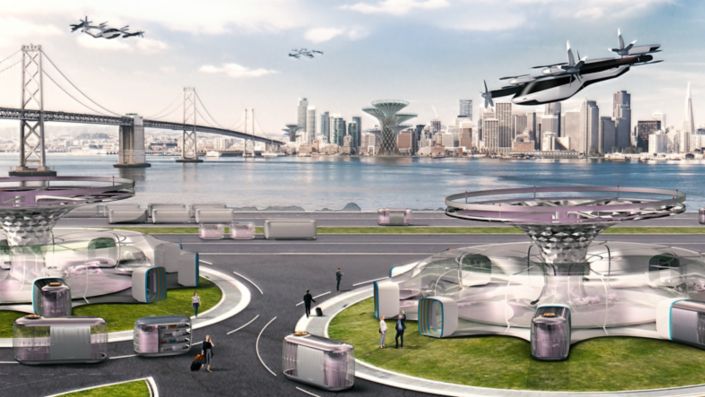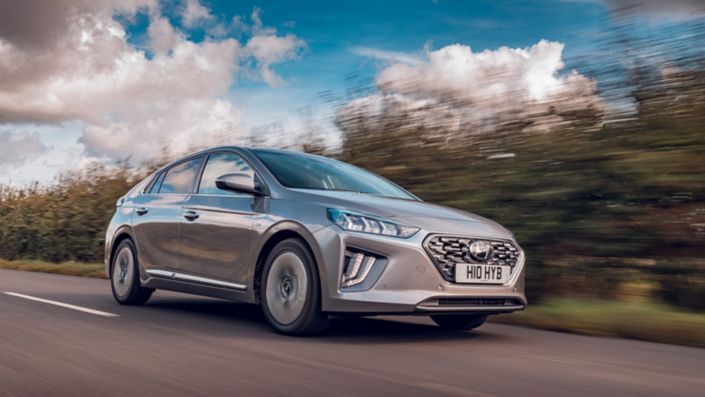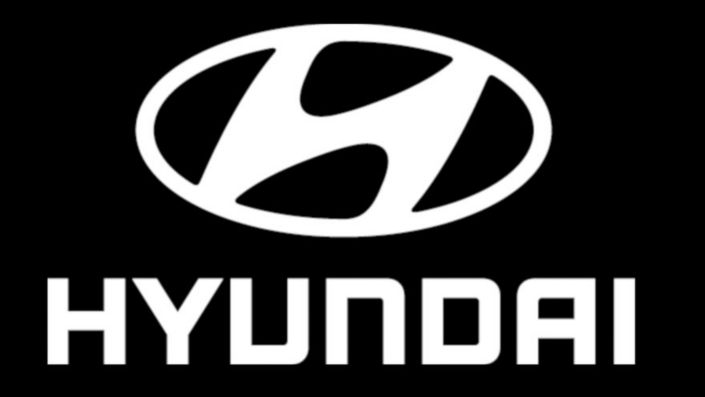Press material
-
Download
-
Images
Just imagine, ten years ago no one had heard of Uber, Netflix’s streaming business was just getting on its feet and Spotify had under a million subscribers – today you’re looking at three companies with a combined market valuation in excess of $200bn.
And it all happened so quickly that we didn’t really see them coming. The global taxi industry is still battling to regain ground on Uber, Blockbuster famously missed out on buying Netflix during its early years (we know how that ended) and the music industry is still evolving in the post-streaming world.
Established industries are big and slow to react; in the face of rapid change, they’re often left standing while innovative new businesses reap the rewards.
But even these first-wave innovators aren’t guaranteed a long and healthy future. There’s always someone smaller, quicker and cleverer waiting to take your crown. Just ask MySpace and Ask Jeeves – both were household names, now relegated to also-rans by a bunch of up-and-comers.
I like to think that we’ve been doing the reverse at Hyundai. I’m not going to try and claim that we’re a start-up – although, established in 1967, Hyundai Motor is comparatively young – but we’ve grown enormously in the face of massive competition.
This whole train of thought has been prompted by a bit of a Hyundai history lesson that I recently gave myself. It puts into perspective exactly how far we’ve come, and just how quickly we’ve managed it. It was only in 1967 that the Hyundai plant in Ulsan, South Korea was built – but we weren’t even making Hyundais then, we were making Ford Cortinas. It actually wasn’t until 1974 that the first Hyundai-badged car was shown to the world at the Turin Motor Show: the Pony.
In 1982, you might have seen your first Hyundai on the road in the UK – the Pony, again – and then by 1990 Hyundai had already built its four millionth car. By the mid-2000s, Hyundai was selling cars all over the world. But, just like an early Netflix, no one paid that much attention. I was working at BMW at the time and, despite Hyundai’s impressive year-on-year growth, brand awareness was low and we didn’t feel the need to worry about this small-car specialist.
But look where Hyundai is today. The world’s sixth biggest car manufacturer, complete with nine factories worldwide (including the largest on Earth, and Europe’s most advanced), a fleet of ships for transport and a steel-making affiliate. No other car manufacturer controls the whole value chain in quite the same way.
It’s actually not about being the biggest, though – we’ve learnt the lessons of the innovators, the young-guns and the start-ups; we are agile and continue to seize the initiative.
The perfect example is our work with alternative powertrains; you may have seen the headlines around our hydrogen-powered NEXO, the IONIQ – complete with three electrified powertrains – and the Kona Electric, with its 279-mile range. But you probably didn’t know Hyundai’s first all-electric car arrived in 1991, its first petrol-electric car in 1995 and its hydrogen developments started in the late ‘90s.
But while our work in green powertrains is advanced, we need to stay one step ahead or risk the fate of the early innovators. The world is changing faster than ever; the way people buy cars, use cars and feel about cars now is uncharted territory. While Blockbuster may not have seen Netflix coming, Barnes & Noble were overrun by Amazon and Nokia couldn’t keep up with the Apple iPhone, we’re acutely aware of all the challenges and young pretenders in the automotive industry.
Rather than try to beat them, we’re joining them. Our Hyundai CRADLE offices are established worldwide; Berlin, Tel Aviv and Silicon Valley, helping nurture amazing new advancements in technology and mobility solutions, from augmented reality to data-led car sharing initiatives.
Now, more than ever, is not the time to rest on your laurels – the way to survive is to learn from the past, think smart, act fast, and keep a very close eye on the future.









